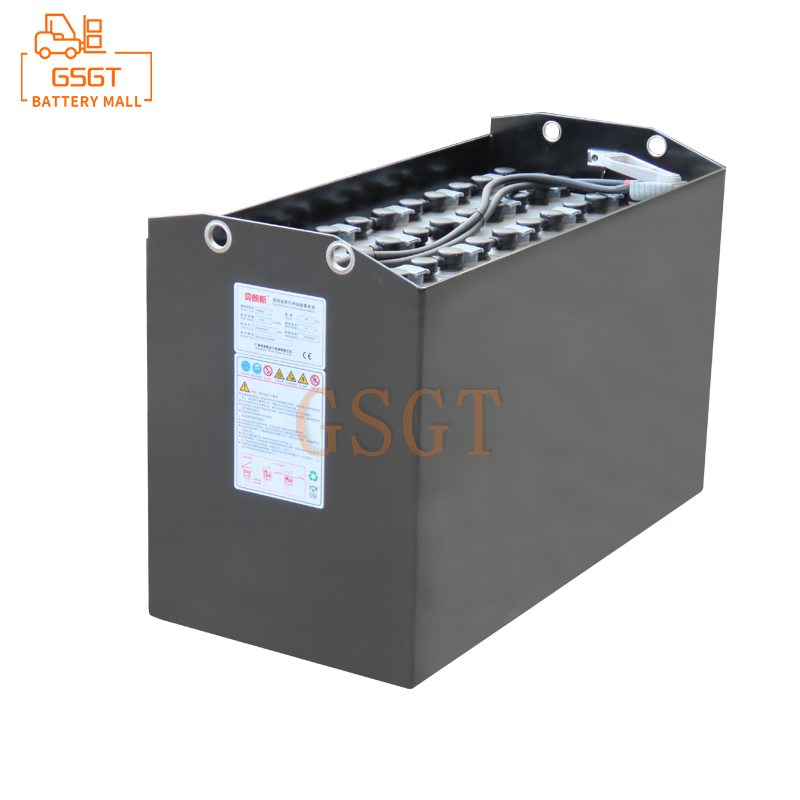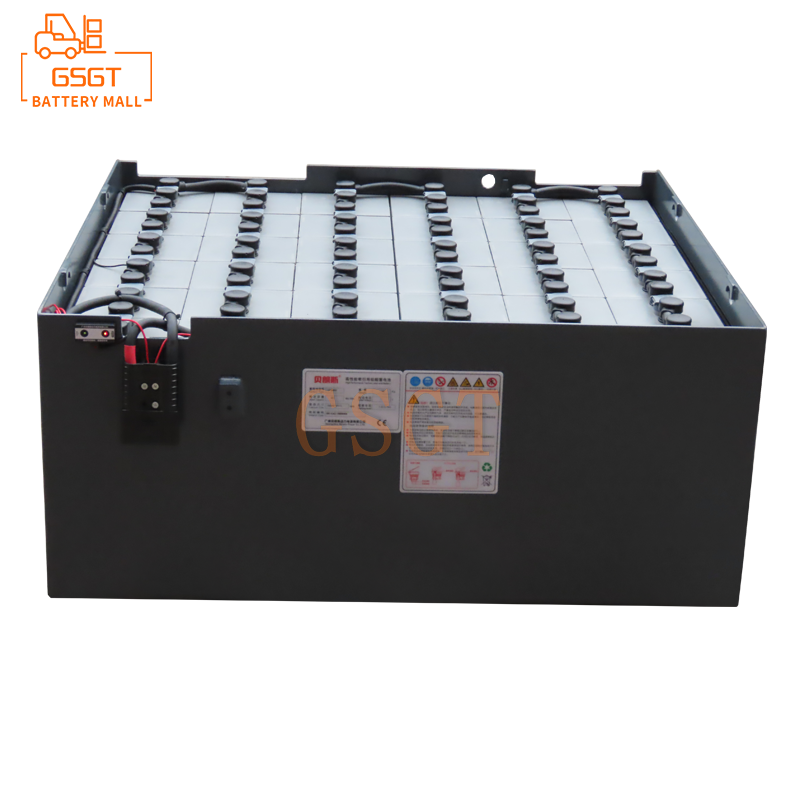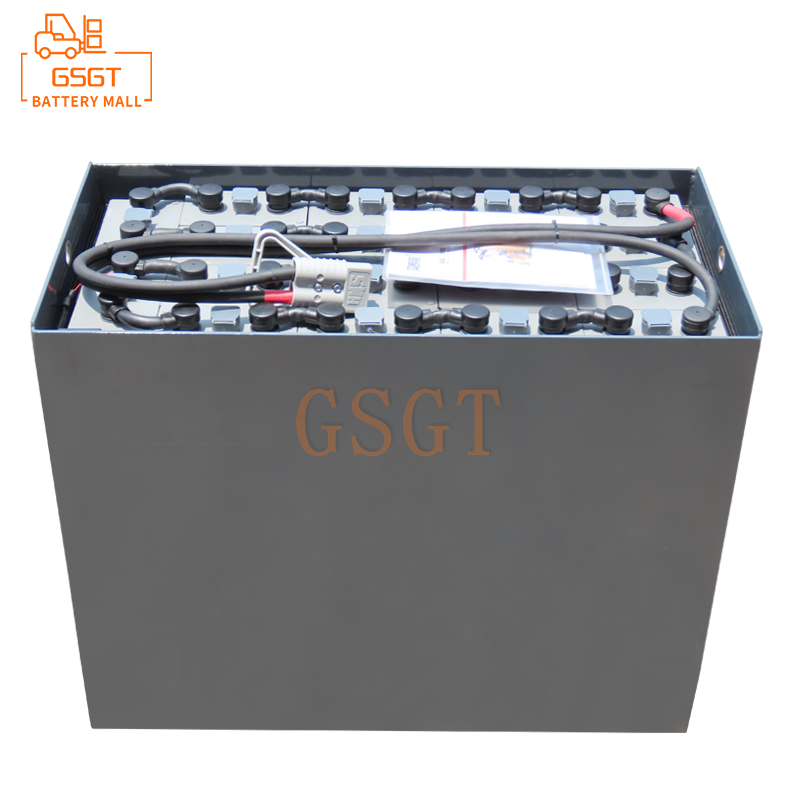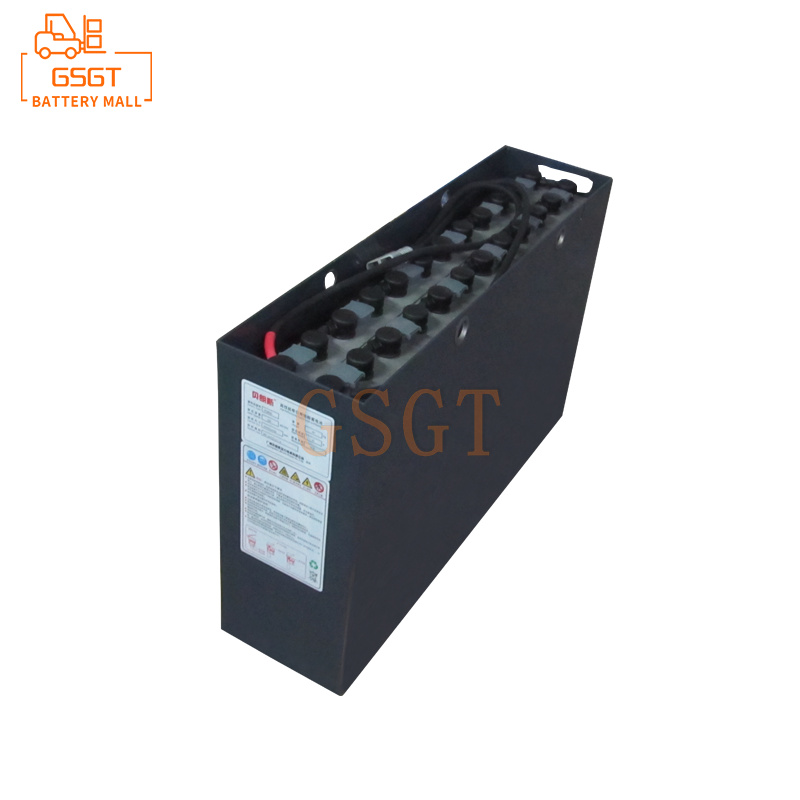Time:2025-03-22 11:00:02
Browse:356
## Introduction
Lead-acid batteries with low cost, mature technology, high and low temperature performance stability and other significant advantages, in the automotive start-up, energy storage power stations, electric bicycle power and many other fields. However, plate vulcanization is a common fault that troubles the use of lead-acid batteries, which greatly shorens their service life and increases the use cost and resource consumption.
Plate vulcanization refers to the gradual formation of white hard lead sulfate crystals on the plate under adverse conditions such as long-term use of the battery, insufficient charging or excessive discharge. These crystals not only block the pores of the active substance, prevent the electrolyte from fully contacting the active substance, but also significantly increase the internal resistance of the battery, resulting in a sharp decline in the battery capacity. According to statistics, about 60%-70% of the scrapped lead-acid batteries are due to plate vulcanization problems, so the development of effective vulcanization repair technology has important practical significance. At present, low pressure pulse method and chemical additive method are two mainstream repair methods, and their effectiveness will be in-depth comparative analysis below.
## Principle and effect analysis of low voltage pulse method
### How it works
The low voltage pulse method is based on the theory of electrochemistry. The low voltage pulse current with specific frequency and amplitude is applied to the vulcanized cell. When the forward pulse is applied, the electric force generated by the instantaneous high current can crush the lead sulfate crystal and promote its decomposition into lead ions and sulfate ions, and some lead ions are reduced to lead on the negative plate. The reverse pulse helps to remove impurities from the surface of the plate, prevent the formation of new lead sulfate precipitation, and restore the structure of the active material of the plate. The core of the method is to achieve efficient decomposition of lead sulfate crystals by precisely controlling pulse parameters, while avoiding excessive damage to the plate. For example, the pulse frequency is usually between 100Hz-10kHz, and the amplitude is generally a few volts to ten volts, and the specific value needs to be adjusted according to the battery model and the degree of vulcanization.
### Effectiveness verification
Many experiments have shown that the low voltage pulse method is effective for mild vulcanized cells. In the laboratory, the lead-acid battery with mild vulcanization is simulated, and the capacity can be restored to 80%-90% of the initial capacity after being treated by the low-voltage pulse repair device for a certain period of time. In practical applications, such as lead-acid batteries for car starting, if mild vulcanization occurs due to long-term short-distance driving, the use of low-voltage pulse repair equipment can significantly improve the battery starting performance and extend the battery life for 1-2 years.
However, the effect of this method is limited for batteries with a severe degree of vulcanization. The deep lead sulfate crystal is difficult to decompose completely, and too large pulse current may damage the plate, resulting in the active material falling off the plate, and the capacity recovery degree is usually less than 50%. In addition, the quality of low-voltage pulse repair equipment is uneven, and the pulse parameters of some equipment are unstable, which affects the consistency and reliability of the repair effect.
## Analysis of principle and effect of chemical additive method
### How it works
Chemical additive method is to add specific chemicals to the battery electrolyte, such as organic acids, complexing agents, etc. Take organic acids (such as oxalic acid and citric acid) as an example, which can chemically react with lead sulfate to form soluble salts, dissolve lead sulfate crystals, and release active substances. Complexing agents (such as ethylenediamine tetraacetic acid and its salts) form stable complexes with lead ions, reduce the solubility product of lead sulfate, and promote the dissolution of lead sulfate, thereby restoring plate activity. The action process of additives is more complex, not only involves chemical reaction kinetics, but also closely related to the pH of the electrolyte, ion concentration and other factors.
### Effectiveness verification
In the research on the effectiveness of chemical additives, adding appropriate additives for moderate vulcanized batteries can increase the capacity by 30%-60%. In the repair of electric bicycle lead-acid battery, after adding chemical additives, the battery range can be increased by 10-20 kilometers.
However, chemical additive law has many drawbacks. On the one hand, the selection and dosage of additives need to be accurately controlled, and excessive use may corrode the plate and accelerate the aging of the battery; On the other hand, some additives will change the composition and properties of the electrolyte, affect the self-discharge rate of the battery, and the residue of the additives may pollute the environment. At the same time, for heavy vulcanized batteries, although chemical additives can dissolve part of lead sulfate, it is difficult to fully restore the original structure of the plate, and the repair effect is unstable. Moreover, the types and dosages of additives applicable to different brands and models of batteries vary greatly, and the lack of uniform standards increases the difficulty of practical application.
## Comparison summary
Low pressure pulse method and chemical additive method have their advantages and disadvantages. The operation of low-voltage pulse method is relatively simple, the repair effect of mild vulcanized battery is good, and does not change the composition of the electrolyte, and the environmental protection is strong, but the repair ability of heavy vulcanized battery is insufficient. The chemical additive method has a certain effect on the medium vulcanized battery, and can dissolve lead sulfate to a certain extent, but it has some problems such as plate corrosion, environmental pollution and harsh use conditions.
In practical applications, the repair method should be comprehensively selected according to factors such as the degree of battery vulcanization, use scenario and environmental protection requirements. For scenarios with mild vulcanization and high environmental protection requirements, such as emergency backup power supply for electric vehicles, low-voltage pulse method is preferred; When the cost and ease of operation are required for moderate vulcanization, the chemical additive method can be carefully tried, but the use of additives must be strictly controlled, such as in the backup power system of some small factories.
In the future, lead-acid battery plate vulcanization repair technology needs to be further innovated, combined with a variety of repair methods, to develop more efficient and environmentally friendly repair technology, in order to improve the service life of lead-acid batteries, reduce resource waste and environmental pollution. For example, the low pressure pulse method can be explored in collaboration with the chemical additive method, and the low pressure pulse is used to initially decompose the large particles of lead sulfate crystals, and then the appropriate amount of chemical additives are added to dissolve the fine crystals to improve the repair effect. At the same time, intelligent repair equipment is developed to automatically adjust repair parameters according to the real-time status of the battery to achieve accurate repair.

$2450

$4045

$2140

$1060

MESSAGE
Professional And Efficient
Security
Affordable Price
Professional Services